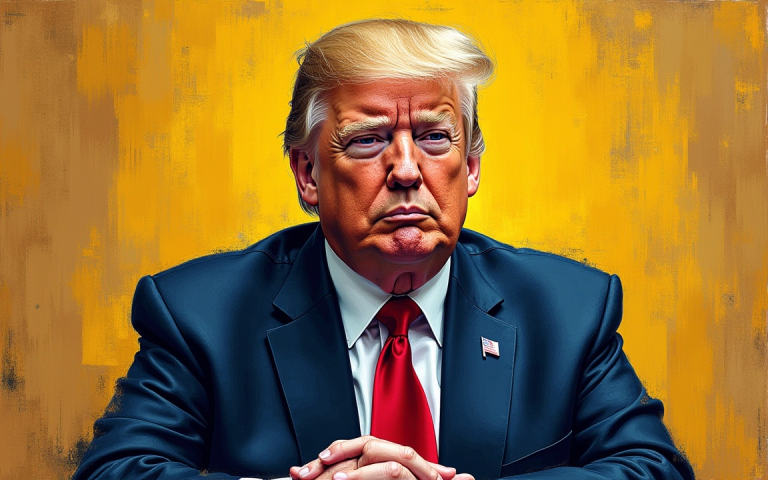European stock markets commenced Thursday’s trading session with a cautiously optimistic tone, as major indices posted slight gains.
Investor attention is squarely focused on the European Central Bank (ECB), which is widely anticipated to announce an interest rate cut later today, a move markets have been pricing in amidst a complex global economic backdrop.
Shortly after the opening bell, European equities were broadly trading in positive, albeit muted, territory.
The pan-European Stoxx 600 index had gained around 0.1%, reflecting a general holding pattern ahead of the ECB’s pivotal announcement.
Sector performance was mixed, but major national bourses were all ticking higher.
While gains in London and Frankfurt were subdued, the French CAC 40 was up by 0.1%, indicating a degree of underlying positive sentiment.
The main event for European investors today is the ECB’s latest monetary policy decision, scheduled to be announced at 2:15 p.m. Central European Time.
According to LSEG data, markets are overwhelmingly pricing in a 25-basis-point cut to the central bank’s key interest rate.
Such a move would bring the deposit facility rate down to 2%, marking a significant policy shift.
Inflation battle nears end, growth concerns linger
Analysts at Danske Bank, in a note to clients on Thursday morning, suggested that while “the fight against inflation is almost over” in the eurozone, economic growth in the region is likely to remain below its potential this year.
They attributed this subdued growth outlook to the impact of US trade policies and cautious consumer behavior.
“We view the risks to inflation as balanced since energy prices could increase more than expected while growth could be weaker than projected,” the Danske Bank analysts stated, as quoted by CNBC.
The ECB is anticipated to reduce the deposit rate to 1.5% this year, as we believe it is necessary to move into slightly accommodative territory to prevent de-anchoring inflation expectations and support activity below potential amidst trade uncertainty.
Adding a positive note to the regional economic picture, preliminary data released on Thursday showed that German factory orders rose by 0.6% in April compared to the previous month.
This was a welcome surprise, as economists polled by Reuters had been expecting a monthly decline of 1%.
The Federal Statistical Office attributed the rise in April largely to a significant increase in the manufacturing of data processing equipment, electrical goods, and optical products.
This follows a robust 3.4% month-on-month increase in new factory orders recorded a month earlier.
Global market context: US labor market jitters, Asia mixed
The backdrop from global markets was somewhat mixed. Asia-Pacific markets traded with no clear direction, and US stock futures were near flat overnight.
Investor sentiment in the US had been dented by data released on Wednesday showing that private sector hiring had hit its lowest level in over two years.
Private sector payrolls rose by just 37,000 in May, falling sharply below the Dow Jones forecast of 110,000 and raising concerns about a softening US job market and its potential impact on the broader economy.
These concerns weighed on the major US averages during Wednesday’s session.
Despite these labor market worries, recent gains in the US market—largely powered by a surge in technology stocks—coupled with a strong first-quarter earnings season, have helped to revive overall sentiment on Wall Street.
Nevertheless, a degree of caution persists among investors, who remain wary that more economic pain could lie ahead, particularly in light of the Trump administration’s ongoing tariff policies.
The post European markets open: Stoxx 600 gains ahead of anticipated ECB rate cut appeared first on Invezz










